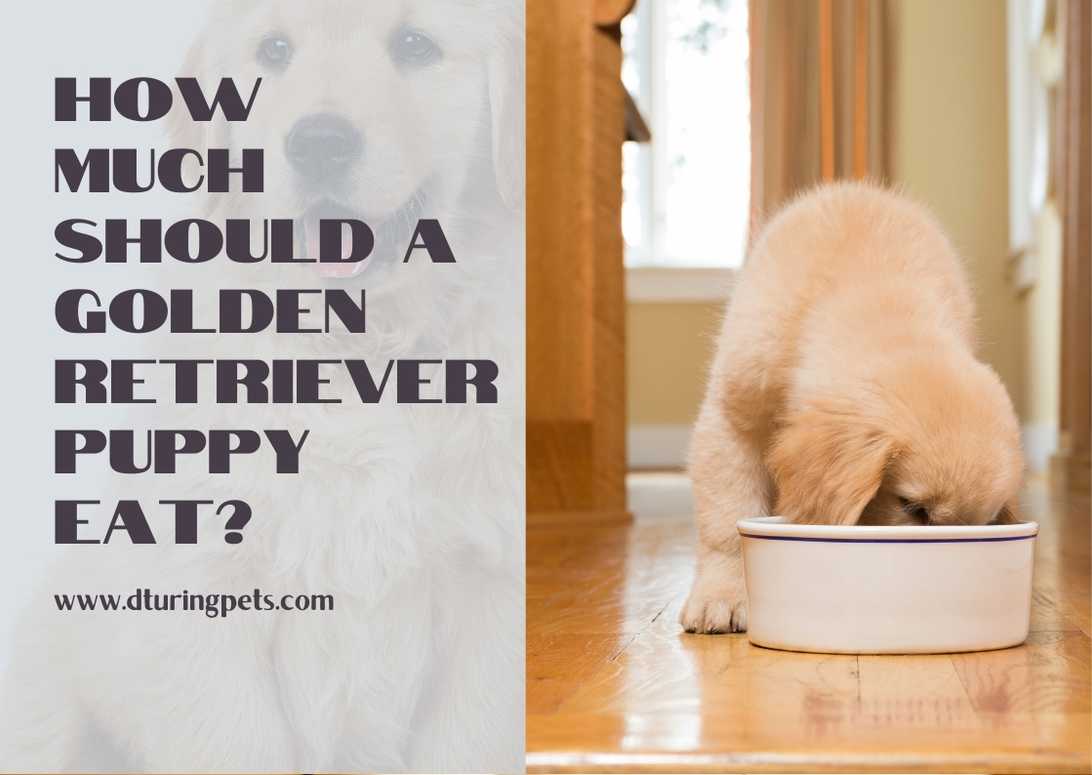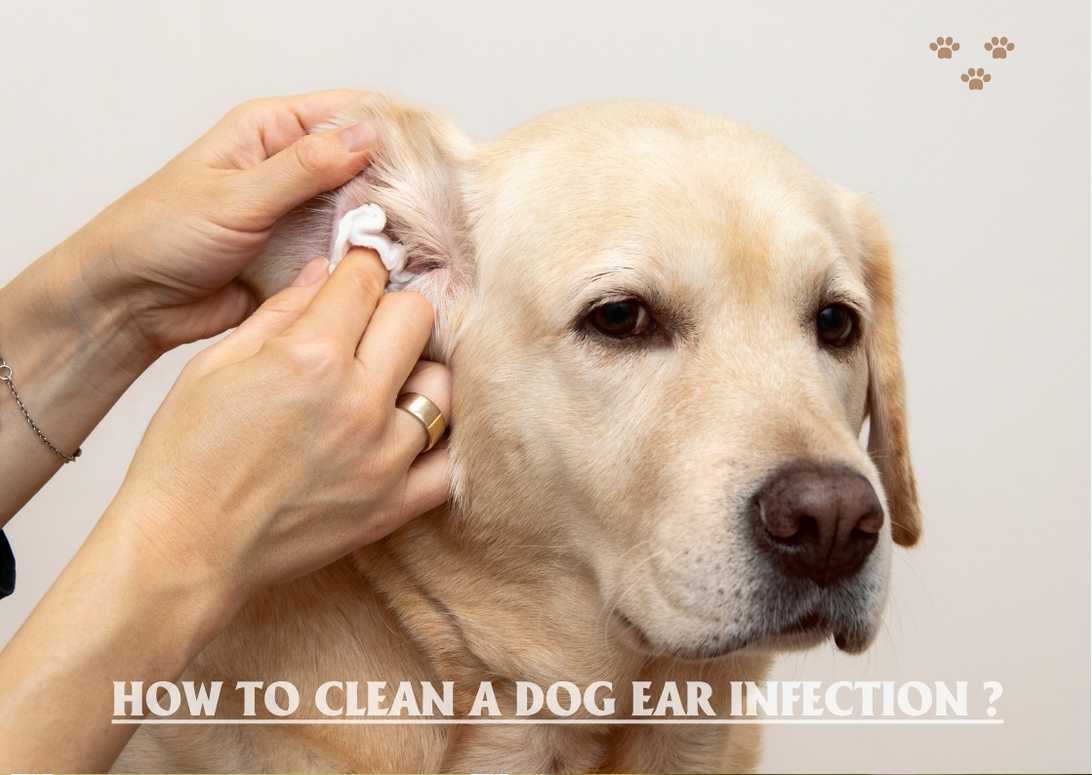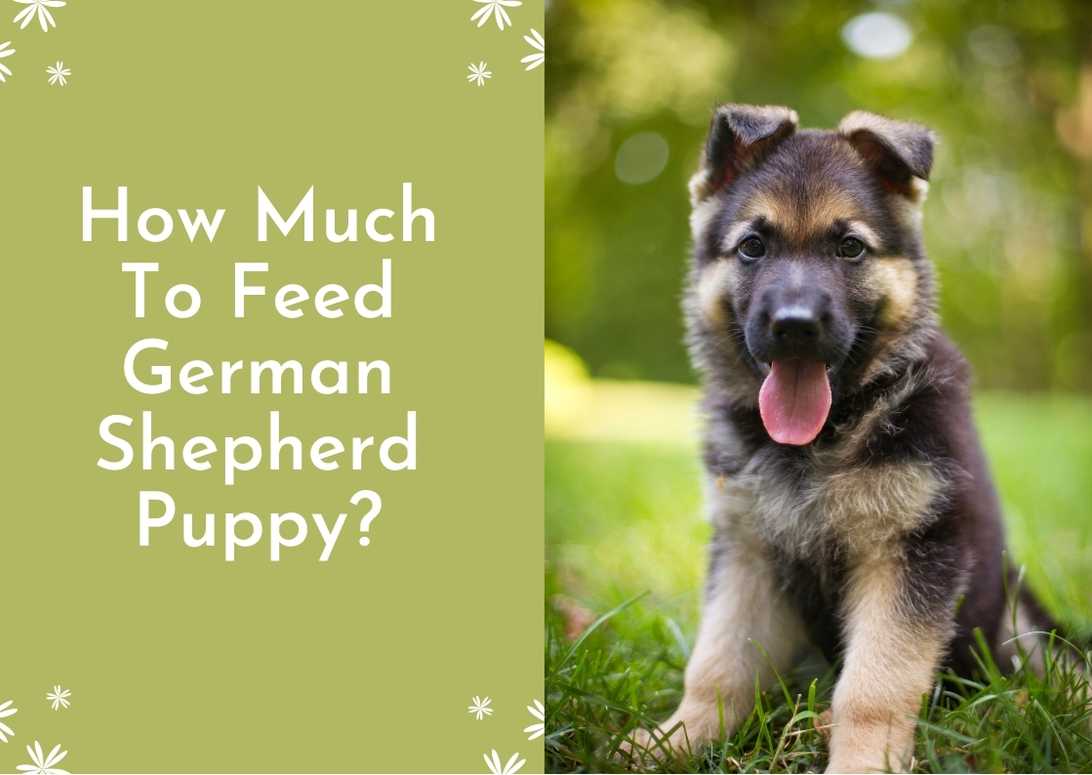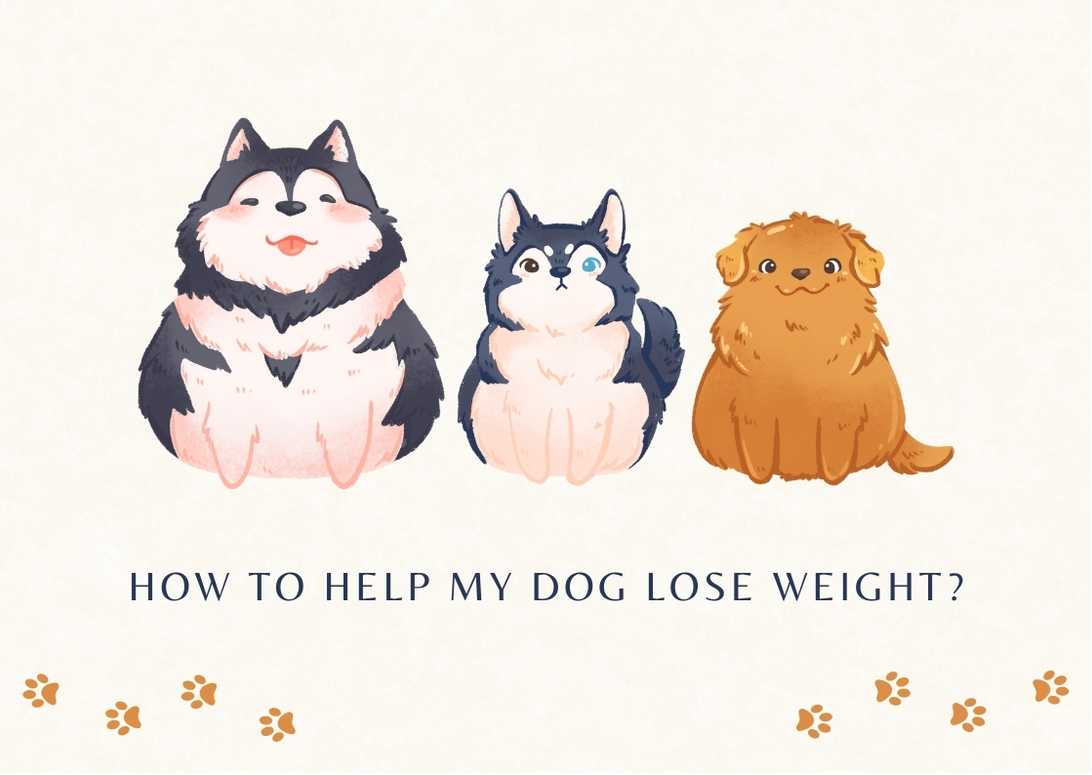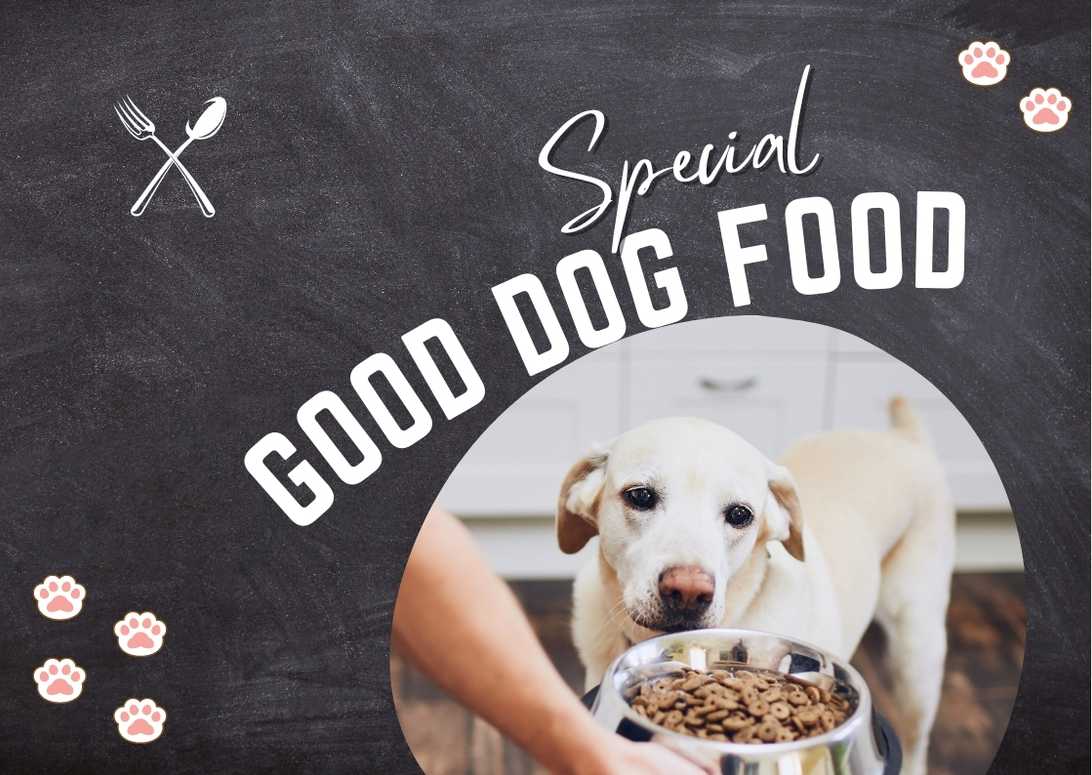How Much Should A Golden Retriever Puppy Eat?
Hey there! If you’re a proud owner of a golden retriever puppy, then you know just how important it is to provide them with the right amount of food for their optimal health and well-being.
As a responsible pet parent myself, I understand the confusion that can arise when it comes to determining the appropriate portion sizes and daily calorie intake for these adorable furballs. That’s why I’ve put together this comprehensive guide on how much a golden retriever puppy should eat, taking into consideration their age, gender, and activity level.
In this article, we’ll dive into various factors that affect your golden retriever puppy’s nutritional needs. From adjusting portion sizes to understanding caloric requirements at different ages, we’ll cover it all.
Plus, I’ll share with you a feeding schedule for puppies and specific guidelines for 6-7 month old dogs. By the end of this article, you’ll have all the information you need to ensure that your precious pup is getting just the right amount of food they need to thrive.
So let’s get started on this exciting journey towards providing your furry friend with a healthy diet!
Important Points
- Golden retriever puppies need to have their difficulty breathing, lack of energy, and body condition monitored.
- Proper nutrition during the growth stage is important for a healthy adulthood.
- Adult dog foods have different nutrient ratios compared to puppy foods.
- Consulting with a veterinarian can help create a balanced diet plan.
How to Adjust Portion Sizes
To ensure your golden retriever puppy is getting the right amount of food, it’s crucial to adjust their portion sizes based on their age and activity level. Adjusting portion sizes is important because puppies have different nutritional needs compared to adult dogs. As they grow, their caloric needs change, so it’s essential to calculate their caloric needs accurately.
Additionally, different breeds may require different portion sizes due to variations in size and metabolism. By determining the right portion size for your golden retriever puppy, you can ensure they are receiving adequate nutrition for optimal growth and development.
One factor to consider when adjusting portion sizes is the meal frequency for adult dogs. While an eight-week-old puppy should receive three to four meals a day, adult dogs typically eat two meals a day. This adjustment in meal frequency ensures that your golden retriever puppy receives enough nutrients without overeating or feeling hungry between meals.
It’s also essential to monitor your puppy’s weight and body condition regularly to make further adjustments if necessary.
Moving on to caloric needs for different ages…
Caloric Needs for Different Ages
If you have a young golden retriever, their caloric needs will vary depending on their age. Feeding guidelines for puppies suggest that at 3 months old, they may eat up to 1.5 cups of food a day.
As they grow to 4 months old, the portion sizes increase to around 2.5 cups per day. Once they reach 6 or 7 months old, male golden retrievers may require up to 4 cups of food daily, while females typically need around 3 cups.
It’s important to note that these are just general guidelines and every dog is unique, so it’s crucial to determine the right amount to feed based on your individual puppy’s needs.
To determine the appropriate portion sizes for your golden retriever puppy, you should also consider their caloric needs. A 50-pound puppy aged six months or over will generally need about 1,500 calories per day. This can serve as a guideline when determining how much food to provide each day. However, it’s best to consult with your veterinarian for more specific recommendations tailored to your pup’s age and activity level.
In addition to considering portion sizes and caloric needs, you should also take into account the meal frequency for older puppies. For an eight-week-old puppy like mine, three to four meals a day is recommended. Splitting the suggested amounts into each daily meal ensures that my growing golden retriever receives proper nutrition throughout the day.
Feeding Schedule for Puppies
Now let’s explore the best way to schedule meals for your adorable little furball. Feeding a golden retriever puppy at the right times and in the right amounts is crucial for their growth and development.
As they go through different growth stages, their caloric intake and nutrient requirements change.
When your golden retriever puppy is eight weeks old, it’s recommended to feed them three to four meals a day. This frequent feeding helps with weight gain and ensures that they are getting enough nutrients throughout the day.
As they grow older, you can gradually reduce the number of meals to two or three times a day. It’s important to control portion sizes as well, especially as they approach six months of age when male golden retrievers may need up to 4 cups of food per day.
Proper meal scheduling not only helps with weight management but also ensures that your puppy is receiving all the necessary nutrients for healthy growth.
Now that we’ve discussed how to schedule meals for puppies, let’s move on to understanding the recommended daily calories for adult golden retrievers.
Recommended Daily Calories for Adults
Feeding your adult furry companion the right amount of calories is essential for their overall health and well-being. It’s important to understand their recommended portion sizes based on their nutritional requirements, weight management goals, and dietary guidelines.
Golden Retrievers are generally active dogs, so they require a good amount of calories to maintain their energy levels. On average, an active adult Golden Retriever needs about 1,300 to 1,740 calories per day.
Maintaining a healthy weight is crucial for preventing obesity-related health issues in Golden Retrievers. To manage their weight effectively, it’s essential to feed them the appropriate amount of calories based on their activity level and body condition.
If your Golden Retriever is more sedentary or prone to weight gain, you may need to feed them towards the lower end of the calorie range. On the other hand, if they are highly active or underweight, feeding them towards the higher end can help meet their energy needs.
In order to ensure that your adult Golden Retriever receives the correct amount of calories each day, it’s important to follow proper meal timing and frequency. Dividing their daily caloric intake into two or three meals can help prevent overeating and aid in digestion.
Additionally, consulting with your veterinarian can provide further guidance on specific dietary requirements for your individual dog.
Transitioning into the subsequent section about ‘meal frequency for young puppies’, it’s worth noting that meal timing and frequency differ for puppies compared to adults.
Meal Frequency for Young Puppies
When it comes to meal frequency for young puppies, it’s important to establish a regular schedule to ensure they receive the proper nourishment. Here are some feeding guidelines for small breed puppies that can help you navigate this crucial stage:
- Introducing solid foods to your puppy: At around 3-4 weeks old, you can gradually introduce solid food to your puppy. Start by mixing a small amount of wet or dry puppy food with warm water or milk replacer. As your puppy grows, you can slowly decrease the liquid and increase the amount of solid food.
- Importance of monitoring weight gain in puppies: It’s essential to keep an eye on your puppy’s weight gain during this time. Puppies should have steady growth but not become overweight. Consult with your veterinarian about the appropriate weight range for your specific breed and monitor their progress accordingly.
- Common feeding mistakes to avoid with young puppies: Avoid overfeeding or free-feeding your puppy, as it can lead to obesity and other health issues. Stick to recommended portion sizes based on their age and size. Also, make sure to provide fresh water at all times.
Transitioning from puppy food to adult food is a gradual process that usually starts when your dog is around 6-7 months old. Now let’s move on to specific feeding guidelines for 6-7 month old dogs without skipping a beat.
Specific Feeding Guidelines for 6-7 Month Old Dogs
Transitioning from puppy food to adult food is a gradual process that typically begins around 6-7 months old, so it’s important to follow specific feeding guidelines for your growing dog. When introducing new foods, it’s best to do it slowly by mixing small amounts of the new food with their current puppy food. This helps prevent any digestive upset or stomach issues that may occur from a sudden change in diet.
Over the course of several days, gradually increase the proportion of adult food while decreasing the amount of puppy food. This allows your golden retriever puppy’s system to adjust and adapt to the new diet without any discomfort.
As you transition your golden retriever puppy to adult dog food, it’s crucial to avoid common feeding mistakes such as overfeeding. Golden retrievers are known for their love of food and can easily overeat if given the chance. Signs of overfeeding include excessive weight gain, difficulty breathing or moving, and an overall lack of energy. It’s important to monitor your dog’s body condition and adjust their portion sizes accordingly.
Proper nutrition is vital during this stage of growth, as it sets the foundation for a healthy adulthood. Adult dog foods are formulated with different nutrient ratios compared to puppy foods, catering specifically to their needs as they mature. These formulas provide balanced nutrition and support optimal development for your growing golden retriever.
Now that we’ve discussed specific feeding guidelines for 6-7 month old dogs, let’s move on to determining the right amount of food for your furry friend without overwhelming them with too much or too little nourishment. It is important to consider your golden retriever’s individual needs, such as their activity level, size, and metabolism, to determine the right amount of food for them. Consulting with your veterinarian can help you create a balanced diet plan that supports their optimal development and growth. By providing the right amount of nutrition, you can ensure that your golden retriever maintains a healthy weight and receives all the necessary nutrients for their overall well-being.
Determining the Right Amount
To ensure your growing dog receives the proper nourishment, it’s crucial to accurately determine the appropriate amount of food for their individual needs. There are several factors to consider when determining the right amount of food for your golden retriever puppy:
Nutritional requirements: Golden retrievers have specific nutritional needs during their growth and development stage. They require a balanced diet that provides essential nutrients such as protein, carbohydrates, fats, vitamins, and minerals. It’s important to choose a high-quality puppy food that meets these nutritional requirements.
Weight management: Monitoring your puppy’s weight is essential to ensure they are growing at a healthy rate. Overfeeding can lead to excessive weight gain, which puts strain on their developing joints and can increase the risk of health issues later in life. On the other hand, underfeeding can result in stunted growth and inadequate nutrition.
Breed-specific considerations: Golden retrievers are known for their large size and active nature. This means they may require slightly more food compared to smaller breeds. However, it’s important not to overfeed them or exceed the recommended portions based on their age and weight.
When determining how much to feed your golden retriever puppy, consult with your veterinarian who can provide personalized recommendations based on your dog’s specific needs and lifestyle. They can help you establish an appropriate feeding schedule and adjust portion sizes as needed throughout their growth stages.
Overall, finding the right balance between providing enough nutrition for optimal growth and preventing excessive weight gain is key when feeding a golden retriever puppy. By considering their nutritional requirements, monitoring their weight, and seeking professional guidance when needed, you can ensure they receive the proper nourishment for healthy development.
Frequently Asked Questions
Can I feed my golden retriever puppy the same amount as an adult golden retriever?
No, you cannot feed a golden retriever puppy the same amount as an adult. Puppies have different feeding schedules and higher calorie intake due to their growth rate. Portion control is essential for weight management.
How do I know if I am feeding my golden retriever puppy too much or too little?
To determine if I am feeding my golden retriever puppy the right amount, I monitor their growth indicators, such as weight gain and body condition. Following a proper feeding schedule and practicing portion control helps with weight management and ensures healthy feeding habits.
Are there any specific dietary requirements for golden retriever puppies?
Golden retriever puppies have specific dietary restrictions and nutritional needs. They require a balanced diet to support their growth patterns. Meal frequency should be three to four times a day, and maintaining an ideal weight is crucial for their overall health.
Can I give my golden retriever puppy treats in addition to their regular meals?
Yes, you can give your golden retriever puppy treats in addition to their regular meals. Treat training is a great way to reward and motivate them during puppy training. Just remember to use healthy snacks and practice portion control for their overall health.
How often should I adjust the portion size for my golden retriever puppy as they grow?
As my golden retriever puppy grows, I need to regularly adjust the portion size of his meals. This is crucial because his growth rate affects his nutritional needs. By monitoring his weight and following a feeding schedule, I ensure he gets the right amount of food.
Conclusion
In conclusion, determining the right amount of food for your golden retriever puppy is essential for their health and well-being. By following the recommended guidelines based on their age, gender, and activity level, you can ensure that they’re receiving the proper nutrition they need to thrive.
It’s like finding the perfect balance in a dance – too little food leaves them hungry and unsatisfied, while too much can lead to weight gain and potential health issues. So, it’s important to adjust portion sizes accordingly and monitor their body condition.
Remember, every dog is unique, so it may take some trial and error to find the ideal amount of food for your furry friend. Pay attention to their energy levels, coat condition, and overall appearance to gauge if you’re feeding them appropriately.
By providing your golden retriever puppy with a nutritious diet in the right quantities, you’ll set them up for a lifetime of good health. So let’s keep dancing together towards a happy and healthy future for our beloved four-legged companions!

